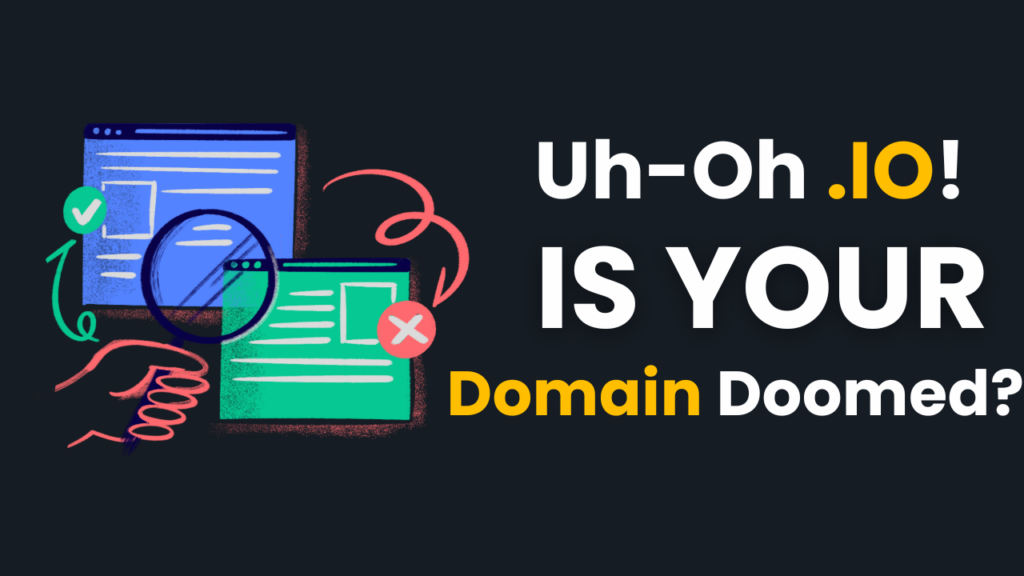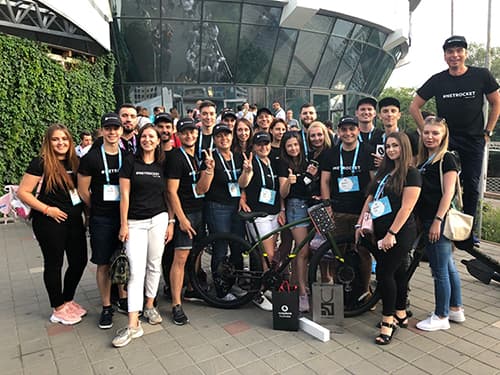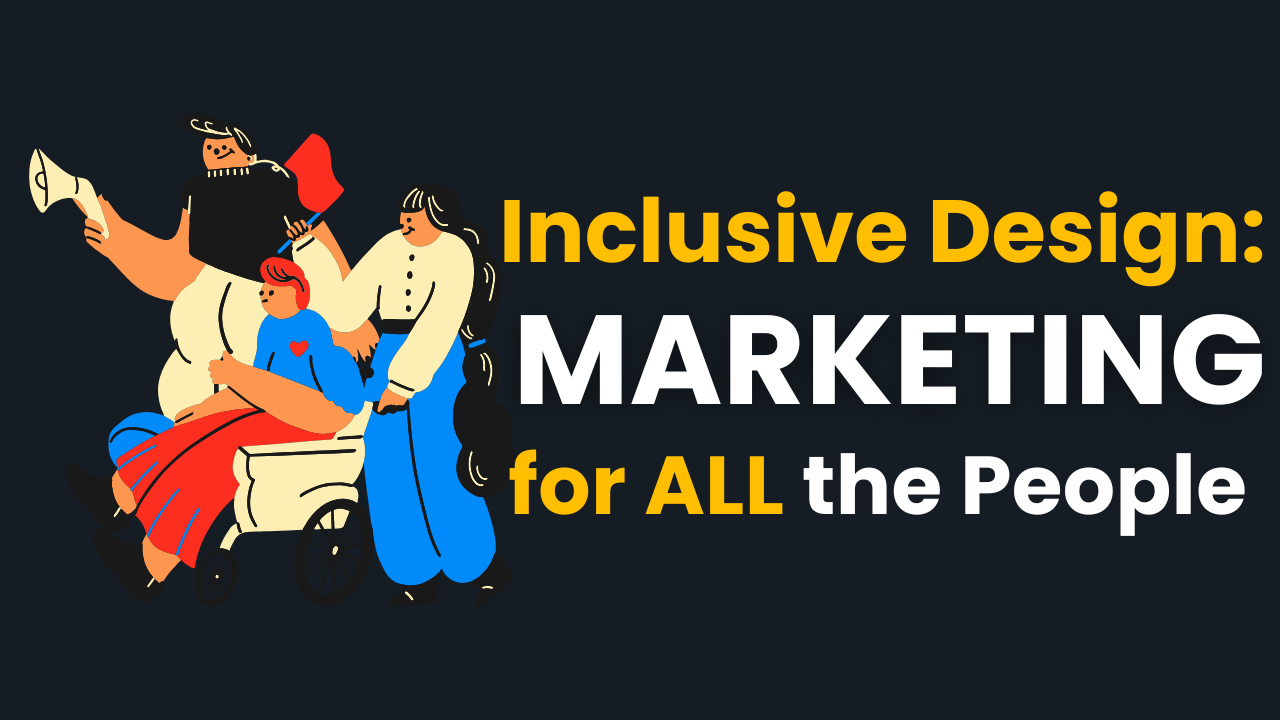
| Getting your Trinity Audio player ready... |
The development of new technologies and AI is progressing at the speed of light. But what about the people who cannot use all these features as easily as others?
The concept of inclusivity implies on removing a barriers, celebrating differences, and making a seat at the table for everyone, fostering empathy and understanding.
Today we want to bring to the surface one of the most important topics: Why should you make your website inclusive?
The thing is, every marketer, business owner, community, school, university, etc. should understand how to create environments where everyone feels valued and respected, and how the web accessibility of their product will benefit not only the users but also the business.
We stepped into a time when the importance of inclusivity cannot be overstated.
Inclusive website: how to check yours for accessibility?
If we talk in numbers – from 15% to 20% of the population on our planet has some kind of disability. Before making a step towards inclusivity in your business, you should check what exactly you can improve, how, and what you should be focused on.
The types of disabilities you should take into account when designing your website are people with:
- vision problems, such as impairment, blindness, and color blindness;
- hearing problems, like impairment and deafness;
- cognitive issues affecting logic, memory, and learning abilities;
- motor skill difficulties that hinder interaction with digital elements; and pronunciation challenges that complicate voice UI design.
To check your website, you can refer to the most authoritative standards created by Tim Leads Bee (Internet inventor). These are called Web Content Accessibility Guidelines (WCAG).
Bernes-Lee also founded the World Wide Web Consortium, which did a lot of testing on people with total, separately temporary, disabilities. And on this basis, lists of recommendations were formed.
For a regular user to detect points of improvement can become a real challenge.
But what about the tools that can help check your website? Let’s see:
- Mauve can help you to validate certain web pages, the whole website, or PDF.
- Tawdis and Wave – will do pretty much the same, just insert your website link and start the analysis.
- A bit more specific are the Aditus and A11y – the first one will help you to validate the buttons, and the second one will help with color contrast accessibility.
- Google Chrome users can try a powerful extension – ARC Toolkit that helps identify accessibility problems. If you want to know more about useful Google Chrome Extensions that might simplify your work routine, check out this article and enjoy it.
There are many more checkers you can use for it, but you can start with these to identify what areas need improvement.

What can I use to improve website accessibility?
It’s a great question to ask yourself, after passing through the checkers provided above.
For instance, at Netrocket’s website, we recently launched a tool called Trinity Audio – that converts content into audio. WordPress users can thank us later, just keep this plugin in mind and try to integrate it into your website. It has a free trial, so you can launch it even now.
We have started with small steps, but we are proud of those changes that have led to the implementation of more inclusive tools.
Hold on tight, we’ve got more examples for you!
Starting from UserWay – this tool has AI-powered solutions for web accessibility and can help to add on your site features for people who struggling with motor-impaired, color-blind, blind, or dyslexia issues. It has a free trial, and customer care on the platform – so you’ll be able to try it to its fullest.
AccessiBe – will do pretty much the same, assuring that their solutions empower businesses of all sizes to take the inclusive approach and comply with ADA & WCAG.
Discover these tools, and check the ones you like the most and the ones that suit your website for implementation. Because inclusivity goes beyond option – it’s a necessity.
And what about inclusivity in other areas of life?
Inclusion in Life
Beyond technology, inclusivity in education, workspaces, medicine, etc. ensures that all people, regardless of their abilities or backgrounds, have equal access to the provided opportunities.
When employees from different backgrounds collaborate, they can tackle challenges from multiple angles, resulting in better outcomes. On the other hand, inclusivity provides accessible design in technology that ensures that individuals with disabilities can fully participate in digital spaces, utilizing features like screen readers, voice recognition, and customizable interfaces. Allowing people from diverse backgrounds to connect and collaborate, thereby fostering social cohesion and reducing isolation.
For students – educational tools and resources increase learning experiences by providing customized opportunities for students with different needs, mirroring real-world diversity, and preparing them for varied environments.
We outlined only a small part of those industries that need to rethink their approach to inclusiveness.
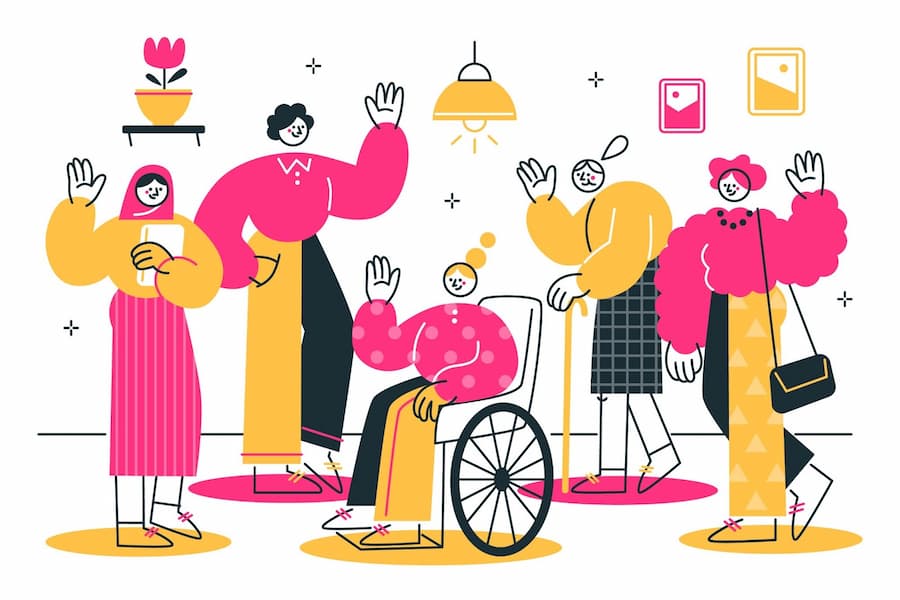
We can discuss it endlessly, but it is worth agreeing that engaging with diverse individuals helps develop a deeper understanding of others’ experiences, making us more compassionate and open-minded.
Exposure to different viewpoints makes us more adaptable and receptive to new ideas. Interaction with diverse backgrounds prompts reflection on our own beliefs and biases, which is essential for personal growth and development.
Getting back to the inclusivity for businesses – you can agree with me here or not, but companies that prioritize inclusivity are often seen as more attractive to both potential employees and customers. It builds a trustworthy reputation for a company and can enhance brand loyalty by attracting top talent.
Creating an inclusive future
As we look to the future, it is imperative that we continue to prioritize inclusion in all aspects of society. Here are some steps we can take to build a more inclusive world:
- Education and Awareness: Increasing awareness about the importance of inclusivity and providing education on how to practice it in everyday life is crucial. This includes training programs, workshops, and inclusive policies in workplaces, schools, and communities.
- Policy and Legislation: Governments and organizations must implement and enforce policies that promote inclusion and protect against discrimination. This includes anti-discrimination laws, affirmative action policies, and accessibility standards.
- Community Engagement: Engaging communities in conversations about inclusivity and encouraging active participation can drive meaningful change. This includes creating forums for dialogue, supporting inclusive initiatives, and celebrating diversity through community events.
- Embracing Technology: Leveraging technology to promote inclusivity can have a profound impact. This includes developing accessible digital tools, supporting online platforms that amplify underrepresented voices, and using technology to connect diverse communities.
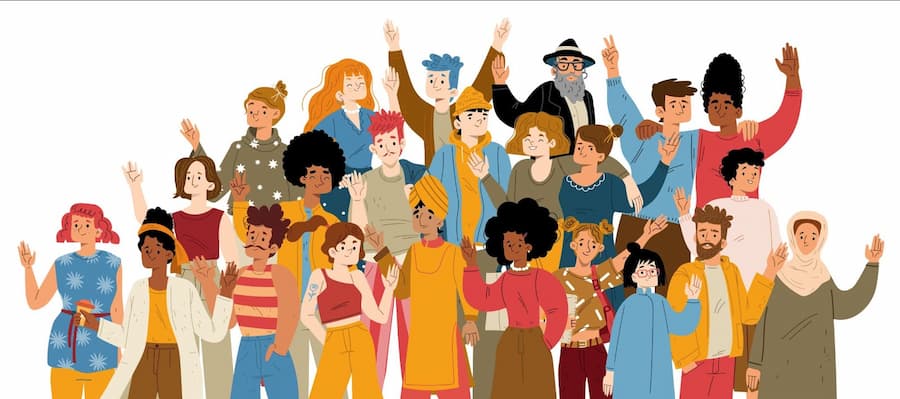
To summarize
In conclusion, inclusivity is not just a moral imperative; it is essential for building a better, more equitable world. By fostering inclusivity in the workplace, education, community, technology, and media, we can create environments where everyone feels valued and respected.
Your businesses and websites will only benefit after accessibility improves.
As we continue to strive for a more inclusive future, let us remember that inclusion benefits us all, enriching our lives and strengthening our society.

